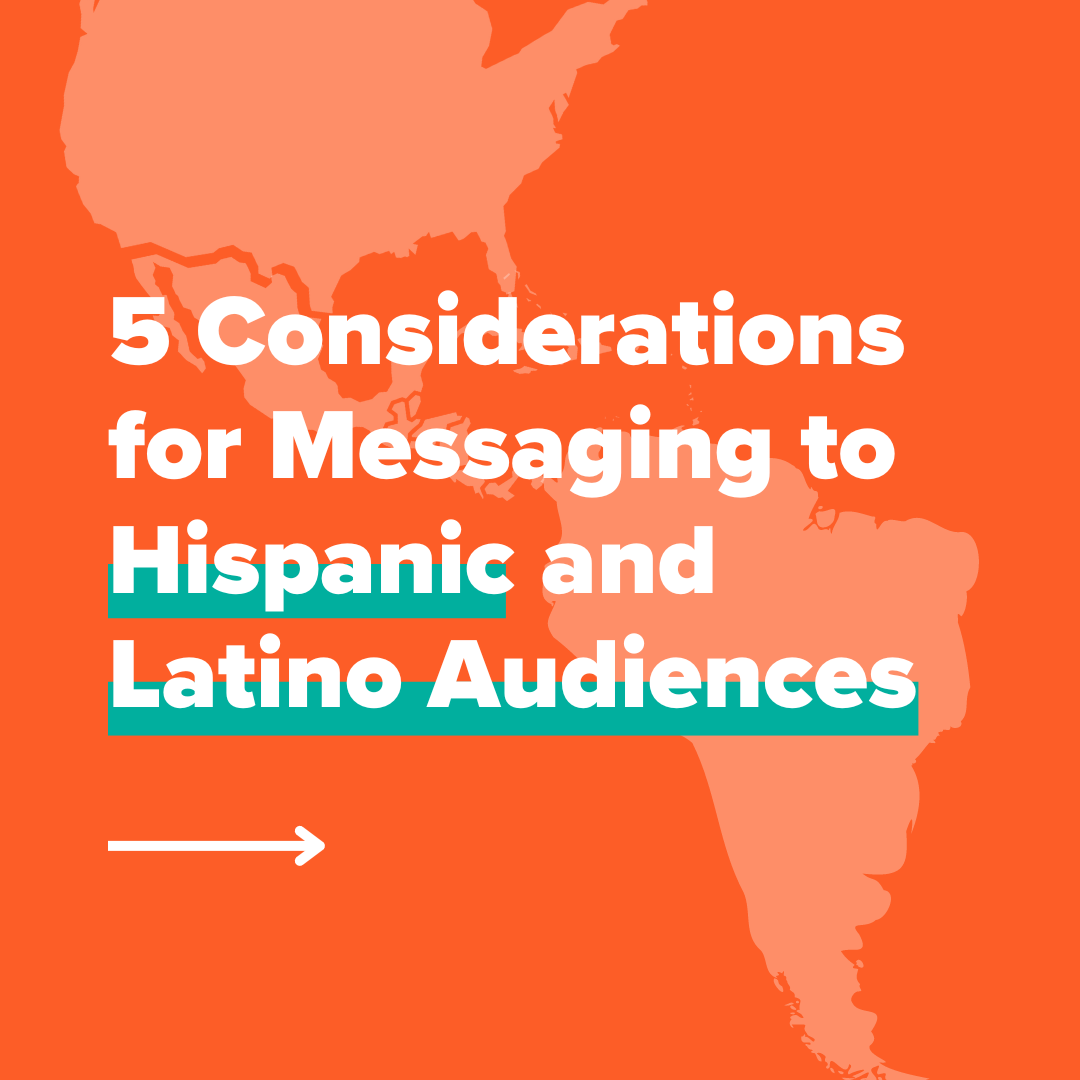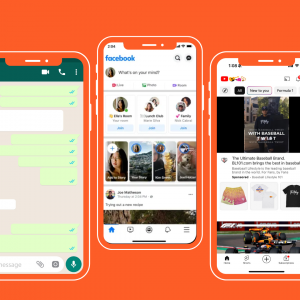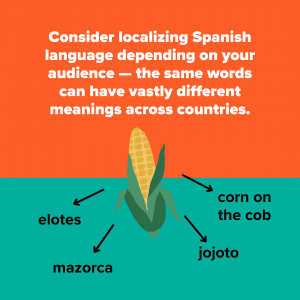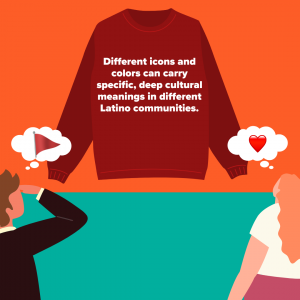5 Key Considerations for Political Advocacy Messaging to Latino Audiences

In the age of individualized digital connectivity and social media dominance, political advocacy requires more than a blanket approach. Especially when targeting minority communities. For example, engaging Latino audiences effectively means understanding the nuances within these communities—culturally, linguistically, and visually. Precision has a proven track record of impactful engagement with Latino audiences, including successful campaigns across the US and Latin America, as well as award-winning work on behalf of clients like the SEIU and the Brennan Center for Justice. Below are five key considerations we learned that can make or break your advocacy efforts to communicate and persuade members of this demographic.
1. Post Culturally Relevant Content on the Right Platforms
 Platforms such as WhatsApp, Facebook, and YouTube are more than just channels for communication in Latino communities—they’re digital hubs where cultural conversations thrive. Using the right platform is crucial for maximizing reach and engagement. For example, WhatsApp is widely used for family and community updates, making it an ideal channel for sharing political advocacy in a way that feels personal and intimate. Whereas, a YouTube series allows your brand to share in-depth and may be best for informative content or documentary-style storytelling.
Platforms such as WhatsApp, Facebook, and YouTube are more than just channels for communication in Latino communities—they’re digital hubs where cultural conversations thrive. Using the right platform is crucial for maximizing reach and engagement. For example, WhatsApp is widely used for family and community updates, making it an ideal channel for sharing political advocacy in a way that feels personal and intimate. Whereas, a YouTube series allows your brand to share in-depth and may be best for informative content or documentary-style storytelling.
Tip: Make sure to leverage the tools and tone of these platforms, like group chats on WhatsApp, which can enhance the community-driven nature of your message.
2. Be Mindful of Linguistic Differences Across Countries
 Latino communities represent a spectrum of nationalities and cultures, each with its own unique linguistic variations. A word or phrase that resonates in Mexico might carry a completely different connotation in Puerto Rico or Argentina. The last thing you want is for a carefully crafted message to be misunderstood or, worse, to offend part of your target audience.
Latino communities represent a spectrum of nationalities and cultures, each with its own unique linguistic variations. A word or phrase that resonates in Mexico might carry a completely different connotation in Puerto Rico or Argentina. The last thing you want is for a carefully crafted message to be misunderstood or, worse, to offend part of your target audience.
Tip: Consider localization when crafting slogans, taglines, or even hashtags, ensuring they resonate across different Spanish-speaking audiences without alienating or confusing them.
3. Recognize the Cultural Weight of Colors and Icons

Colors, symbols, and even numbers can carry deep, culturally specific meanings. In some countries, a color associated with prosperity and good luck might have a darker association elsewhere. For instance, certain color combinations may recall certain political ideologies, which can lead to unintended associations.
Tip: Do thorough research on colors and iconography before launching visual campaigns, especially if your message is going to a pan-Latino audience.
4. Consider Family and Community Ties in Messaging
 Family is often at the heart of Latino communities. Political messaging that appeals to family values and community unity can strike a deeper chord. Use this connection to emphasize shared aspirations and the impact of political decisions on loved ones and the broader community.
Family is often at the heart of Latino communities. Political messaging that appeals to family values and community unity can strike a deeper chord. Use this connection to emphasize shared aspirations and the impact of political decisions on loved ones and the broader community.
Tip: Create campaigns that encourage family discussions or interactions. Highlight stories where families have been positively affected by the issues you’re advocating for.
5. When in Doubt, Say it in Spanish
While it’s common to debate how to market to English-dominant or bilingual Latino audiences, data consistently shows that language choice doesn’t make a significant difference for bilingual and English-dominant Latinos. In contrast, Spanish-dominant Latinos are less motivated by bilingual or English-first approaches and are best engaged when content is fully in Spanish.
The Spanish language holds deep cultural significance, and its use in communications should reflect authenticity. It’s not just about translation; it’s about speaking to the heart of the community in the language that resonates most. While Spanglish has a place in everyday conversations—often contextually mixed in casual settings (“me comí un hamburger”)—it’s difficult to get right. When done authentically, it can help build a natural connection with your audience, but for most communications, fully Spanish content is the most effective way to reach and motivate the community.
Tip: Don’t just translate—transcreate. Make sure your content resonates deeply by localizing it with culturally relevant references and language. Use regional Spanish thoughtfully, ensuring it aligns with your audience’s background. Prioritize fully Spanish content to build trust and authenticity, especially when targeting diverse Latino communities.